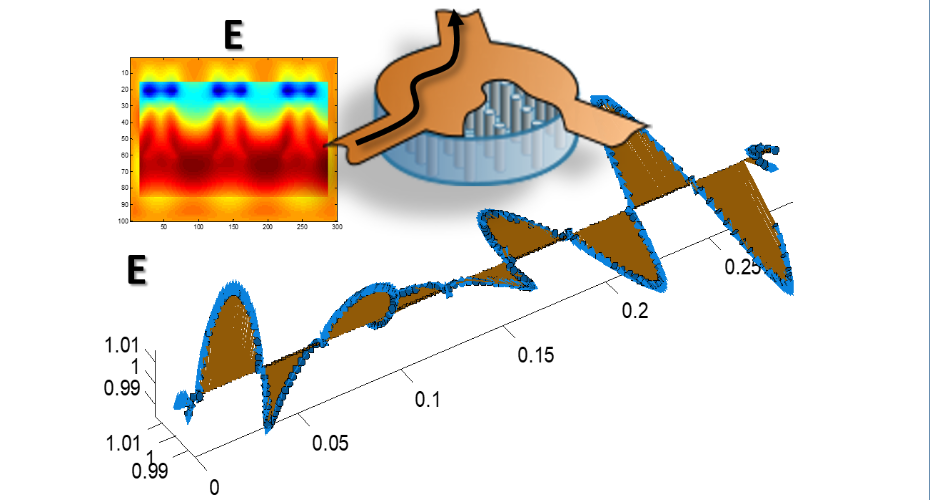A new software to identify metamaterials that could accelerate the future of 5G communication
MaxLLG solver to help exploring magnetic metamaterials
A case study by Conor McKeevera and Feodor Ogrina
aUniversity of Exeter
The problem
Manufacturers in telecommunications, aerospace and defence sectors at present rely on electromagnetic wave (EMW) simulations. Key requirements to 5G-technology is to meet the miniaturisation and bandwidth requirements.
The existing models do not account for magnetic phenomena or have significantly simplified numerical models that result in incorrect interpretations of the simulated electromagnetic effects in the radio and microwave frequency range.
Critical to increasing data-transfer speeds in communications technologies without interfering with other wireless signals is operating at higher frequency ranges.
Presently, there is no commercially available EMW simulator which can correctly account for magnetic phenomena in the RF/microwave frequency range. Developing the materials that have the desired high-performance microwave properties and high-retentivity to achieve this requires a deep understanding of a material's microstructural, magnetic, and electrical properties.
Our solution
MaxLLG, a spin-out company originating from the University of Exeter, emerging from the ICURe programme, is aiming to develop the required technology, which significantly improves on state-of-the-art electromagnetic wave simulators.
We will revolutionise EMW simulators by addressing a major deficiency in current software models by creating a beta-prototype that will be readily deployed as a Software as a service (SaaS) cloud platform, post-project. Key developmental outcomes of the project are to utilise the conformal FDTD method to improve the meshing for modelling non-trivial device geometries which require fine mesh resolution and to parallelise the code to resolve the time-step limitation for smaller devices, which enable the computational model to sufficiently simulate nanoscale objects.
The project will also allow the algorithm to be expanded to include other physical phenomena such as heat, which will enable MaxLLG to simulate a wider range of industrial manufacturing problems.
Why use a metamaterial?
One particular strategy for advancing the RF communications is by use of magnetic metamaterials. The resonance properties of magnetics help to enhance the response in a broad range of frequencies and add a number of useful properties, such as tenability and non-reciprocity. However, to model these effects correctly in a metamaterial requires a significant effort if standard analytical or numerical methods are applied.
With MaxLLG the solution is obtained naturally by solving both electromagnetic and magnetic relations of the material at the same time and with high precision. Such an approach is the most ideal way to explore magnetic metamaterials.

